
Recreating Triumph's Le Mans-winning Spitfire fastbacks
Story and Photos by Rob Hawkins
The fastback Spitfires of the ’60s that took home trophies from Le Mans are hard to find unless you’re a collector with loads of cash. Fortunately for the rest of us, there’s a fiberglass rebody in the U.K. called the T6 that fits on stock Spitfires and GT6s to help you live out your Le Mans fantasies.
It’s important to note first off that the Le Mans Spitfire and the GT6 were actually two separate designs, even though some buyers erroneously believed that they were one in the same. But classic looks and nomenclature aside, what’s it like to drive one? Let’s cut to the chase.
“Just open the throttle to let the carbs clear,” advises Graham Pearce, creator of the T6. So I blipped the accelerator pedal to allow the Webers to pour more fuel in and raise the revs. The 2.5-liter Triumph straight-six motor rumbles up front. After a quick rehearsal of the four-speed gear pattern, I’m into first gear and letting go.
With offset pedals due to the bulky gearbox and a classic, slightly stiff gear change, you’ve got to appreciate the period-feel of this car. Plant your right foot hard on the throttle and the straight-six pulls like a train. OK, it’s not Cobra territory, but keep the power-to-weight ratio in mind. The acceleration is smooth, but impressive for an estimated 160 hp propelling 1,400 pounds of metal and fiberglass (excluding passengers).
This replica is based on Triumph’s fame and success in 1964 and 1965 at the Le Mans 24-hour race in France. The Spitfire was launched in 1962, but the more powerful GT6 fastback was yet to be seen until 1966. However, Triumph already had the competition fastback shape under development using a combination of fiberglass and aluminum. A series of cars were built for rallying and racing, sporting a highly tuned 1.1-liter motor capable of producing an impressive 100 hp at the flywheel. In the interests of aerodynamics, the rear seams were removed and Jaguar E-type-style headlamp covers were introduced in 1965.
Following testing at Oulton Park in 1964, three cars were entered for Le Mans that year, each weighing between 1,625 and 1,640 pounds. Two hours into the race, one of the cars crashed, and a second car crashed after 12 hours. But the third car completed the entire 24 hours and finished third in class behind a couple of Renault Alpines. The performance data was also impressive. The finishing car achieved a recorded top speed of 134 mph (at 7,000 rpm with a 3.89:1 diff) and averaged 94.7 mph while achieving 22.4 mpg. All that from a 1.1-liter four-cylinder engine!
In 1965, the Le Mans Spitfires returned and four cars were entered. That year, they used prototype GT6 gearboxes, a lighter chassis and aluminum cylinder heads. The engines produced 109 hp and the top speed was recorded at 140 mph. One car crashed, and another retired, but two cars finished first and second in class. The first-in-class car averaged 95.1 mph and finished 13th overall.
Sadly, these Le Mans racers never returned to France for the famous 24 Heures, but their short-lived success has been the inspiration for Triumph expert and craftsman Graham, who spent four years developing a replica and constructing molds.
“I started with an original rot box, creating the first pattern from which replicas could be taken,” Graham says. “I then developed the molds using 1960s photos while making alterations like de-seaming, flaring the wheel arches and adding a bulge in the hood.”
The Spitfire or GT6 chassis remains unmodified for a T6 conversion, after the original steel bodywork is discarded. The new body shell is constructed from fiberglass and secured with eight bolts into the standard mounting points. The supporting tub includes a steel subframe running from the front to the rear, which is used to mount the roll cage and rear tie bars, along with the handbrake linkage.
The doors are made from fiberglass with Coremat reinforcements for the hinges and catches. A removable, one-piece hood remains as original, incorporating a bulge to allow the Triumph straight-six engine to be fitted with room to spare.
In the U.K., popular engine options include the traditional Triumph straight-six 2.0 and 2.5 liters, plus the Rover K-series — a lightweight four-cylinder, twin-cam displacing 1.4, 1.6, and 1.8 liters. Power outputs for the K-series range between 105 and 160 hp in stock tune. Donor engines can be found in many Rover and MG sedans, along with the MGF and MG TF produced between 1996 and 2005.
The Spitfire’s notoriously scary rear suspension setup can be put right. It uses a transverse rear leaf spring bolted solidly to the top of the diff casing. This solid mounting caused the rear wheels to tuck underneath while cornering. At Le Mans in ’64 and ’65, this problem hadn’t been resolved, so the rear suspension was stiffened and the drivers became experts in drifting around corners. The later MkIV Spitfire rectified this problem by solid mounting the bottom leaf spring to the differential casing, allowing the remaining springs to move.
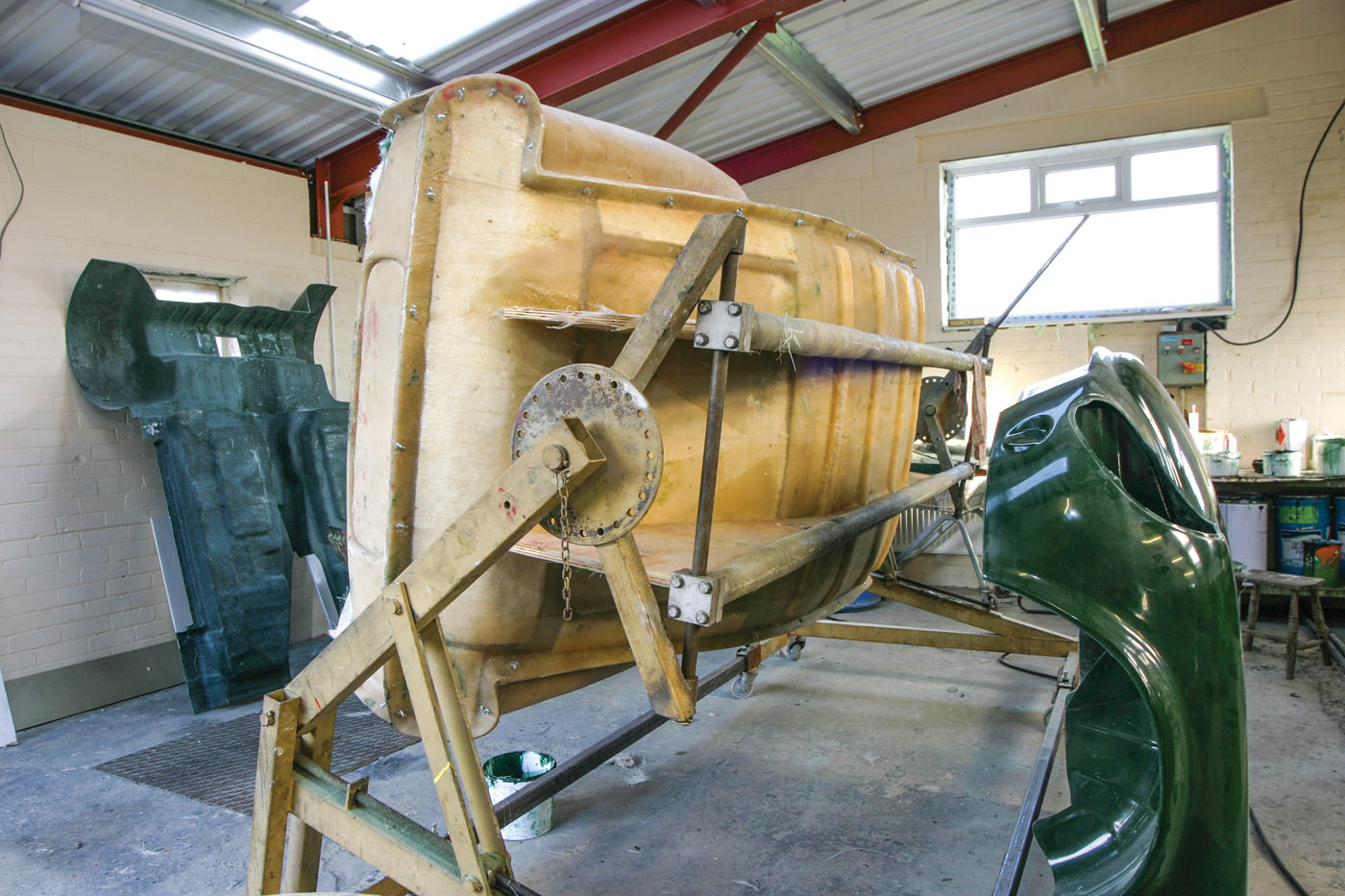
The MkI GT6 suffered from the same rear handling problems, but the MkII resolved these issues with a revised rear suspension setup. The T6 uses the standard GT6 or Spitfire suspension setup, so using a later MkIV Spitfire or a post-MkI GT6 will avoid any rear handling problems.
The T6 is now manufactured and marketed by S&M T6 Triumph Spitfire Le Mans, based in Lincolnshire in the U.K., and export to the U.S. is available. Estimated build times range between 80 and 120 hours, once the donor vehicle has been stripped.
The straight-six-powered T6 that I initially drove had endured a hard life, having been thrashed around race circuits including Zolder in Belgium where the brakes were cooked. On the road, this car has clearly got a stiff suspension setup, but when you’re behind the wheel, there’s some clear feedback from the road conditions and no battle with the steering wheel. The brakes were a little spongy from track duty but competently scrubbed off any speed when necessary. The torquey straight-six motor is deceptively quick.
For comparison, I also met up with Scotsman Willie Platt, who had bought a 95 percent complete T6 back in 2012. Finished with a light-green stripe, it was powered by a 143 hp Rover K-series VVC (variable valve control) engine mated to a Ford Type 9 five-speed transmission. Spitfire specialist Crofton Motors on the border of Scotland and England helped Willie finish the project.
Sitting inside this T6, I realized it was a tight fit for a car that has a spacious fastback interior. What the T6 lacks in interior space and practicality, it makes up for with performance. Acceleration is exhilarating, and this trait is thankfully matched by a competent brake and suspension setup.
The T6 may well be the answer for Triumph fans who remember the Le Mans-winning Spitfires of the 1960s. Whether you want to create an exact replica or produce an updated version, there’s the potential to be creative when returning in a Triumph.

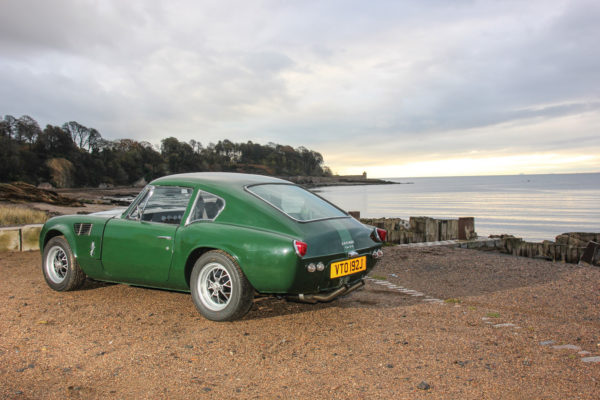
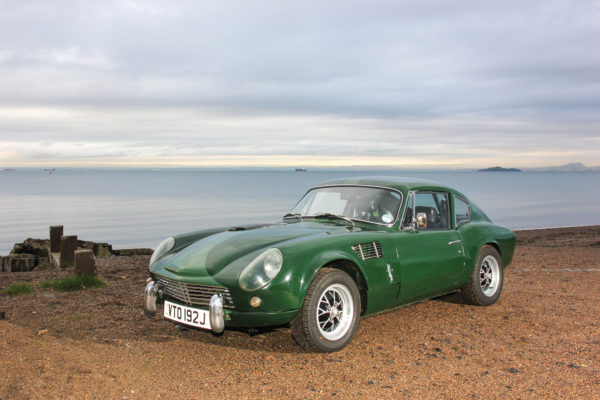
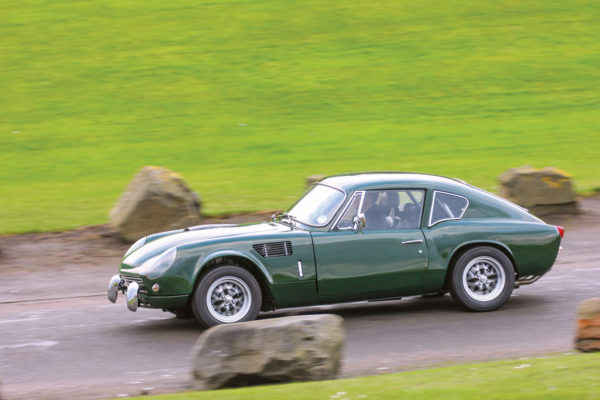
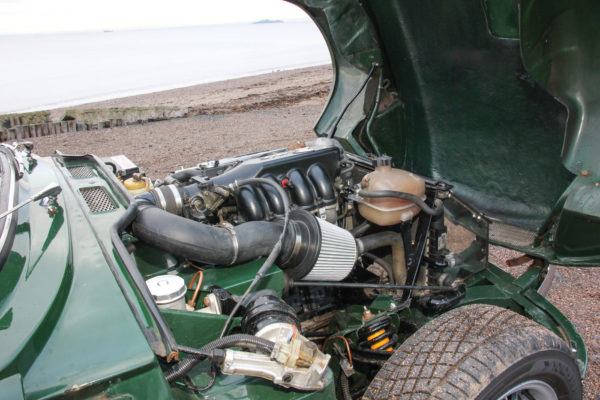
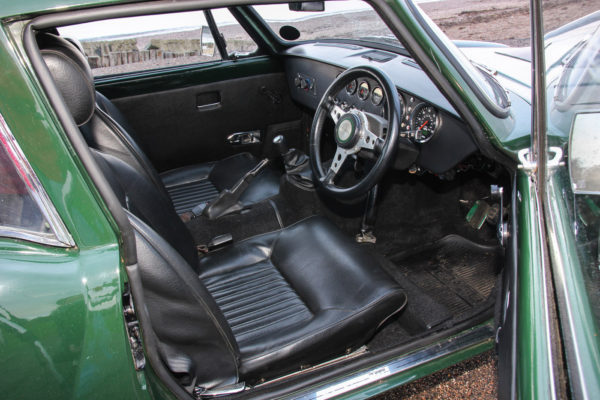
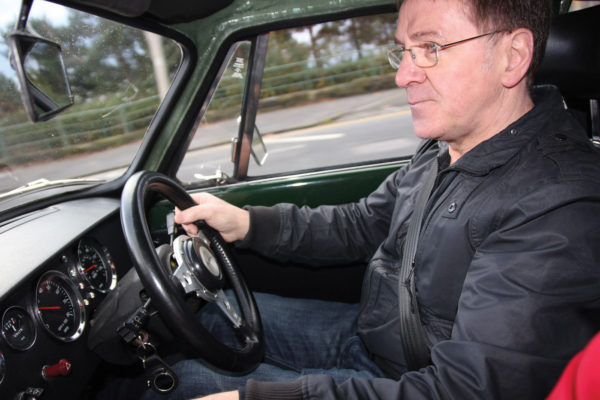
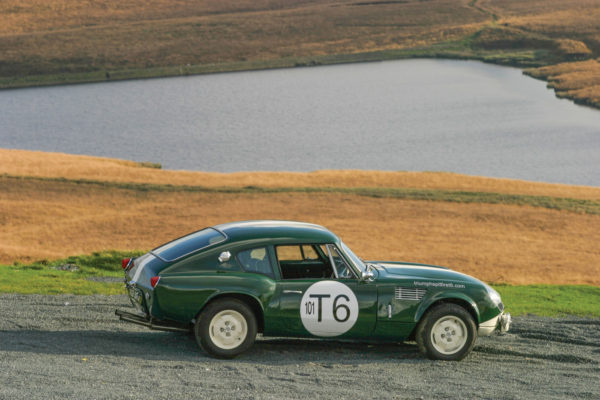
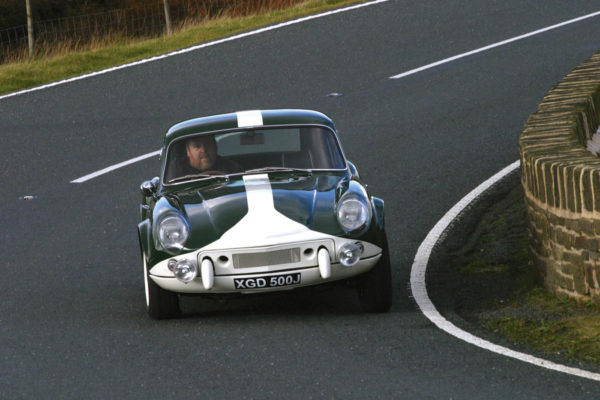
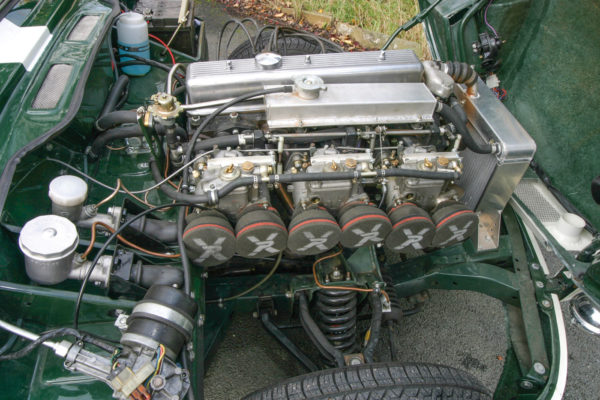
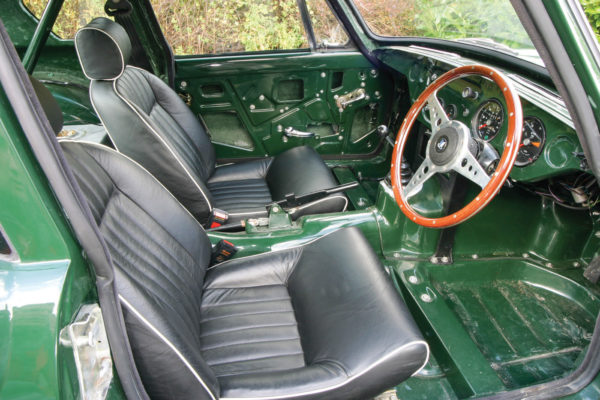
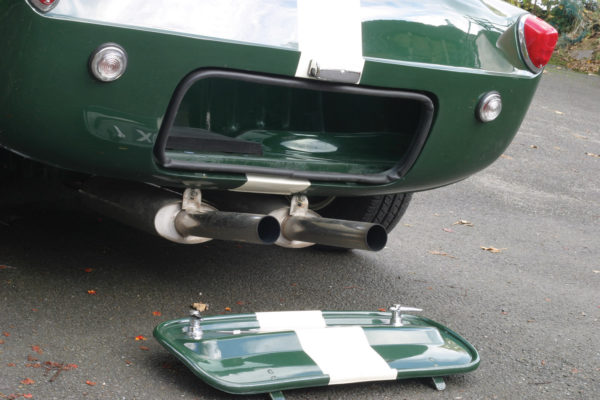
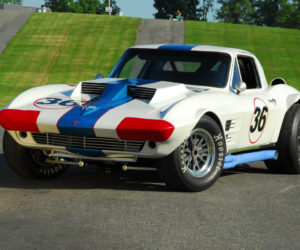
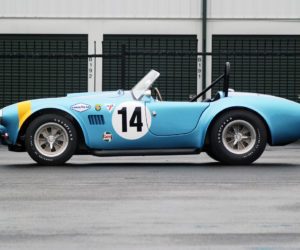
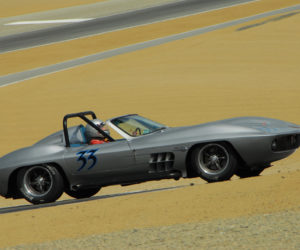
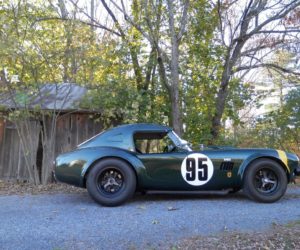
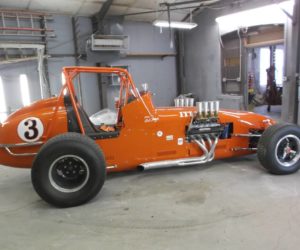
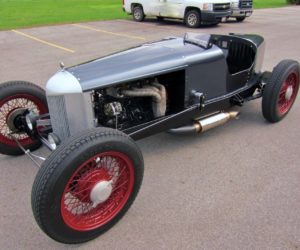




Comments for: Triumphant Return
comments powered by Disqus